Backing up your cloud instances is important for various reasons. Cloud instances can experience data loss due to a variety of reasons, including hardware failure, software bugs, and cyber attacks. Backing up your instances can help protect against data loss by providing a copy of your data that you can use to restore your instance if something goes wrong. To ensure business continuity, You must protect instances by keeping backup copies on other cloud regions. Another important thing is to meet the complaint requirement and avoid potential fines or other penalties. Finally, Restoring a cloud instance from a backup can be much cheaper than rebuilding it from scratch considering the impact and resources cost.
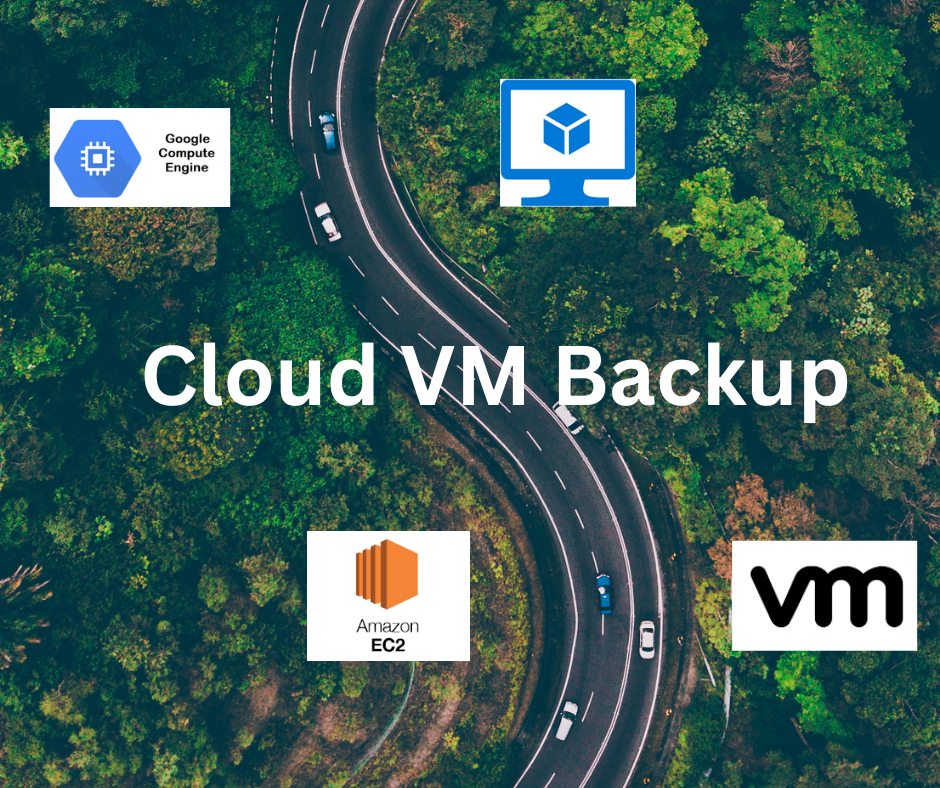
Cloud Instance/VM Backup strategies
There are a few different strategies you can use to back up your cloud virtual machine (VM)/Instances. Here are a few options
Use a snapshot: Many cloud providers offer the ability to create a snapshot of your VM. A snapshot captures the state of your VM at a particular point in time, and you can use it to restore your VM if something goes wrong. Snapshots can be taken manually or automated on a schedule. (Example: Amazon EC2 snapshot).
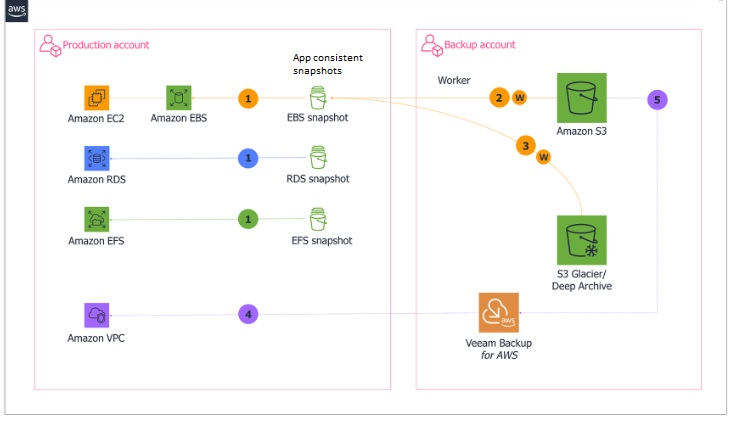
Use an image: An image is a preconfigured set of software and settings that you can use to create a new VM. You can create an image of your VM and use it to create a new VM if something goes wrong with your original VM. (Example: AWS AMI).
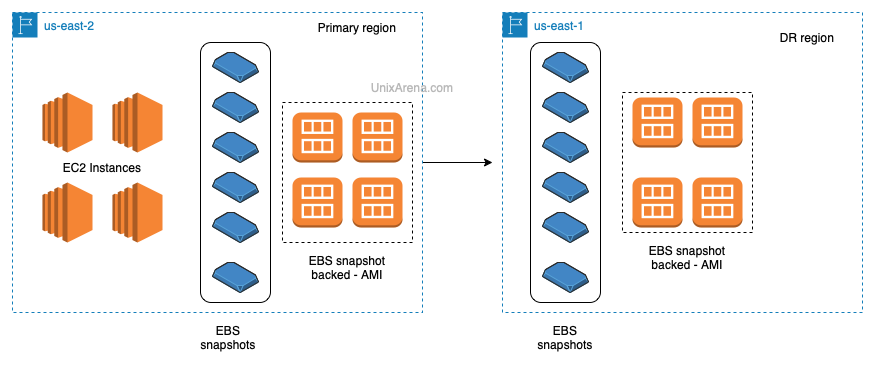
Use a backup service: Some cloud providers offer backup services that allow you to automate the process of backing up your VM. These services often include features like incremental backups and the ability to restore to a specific point in time. (Example: AWS Backup).
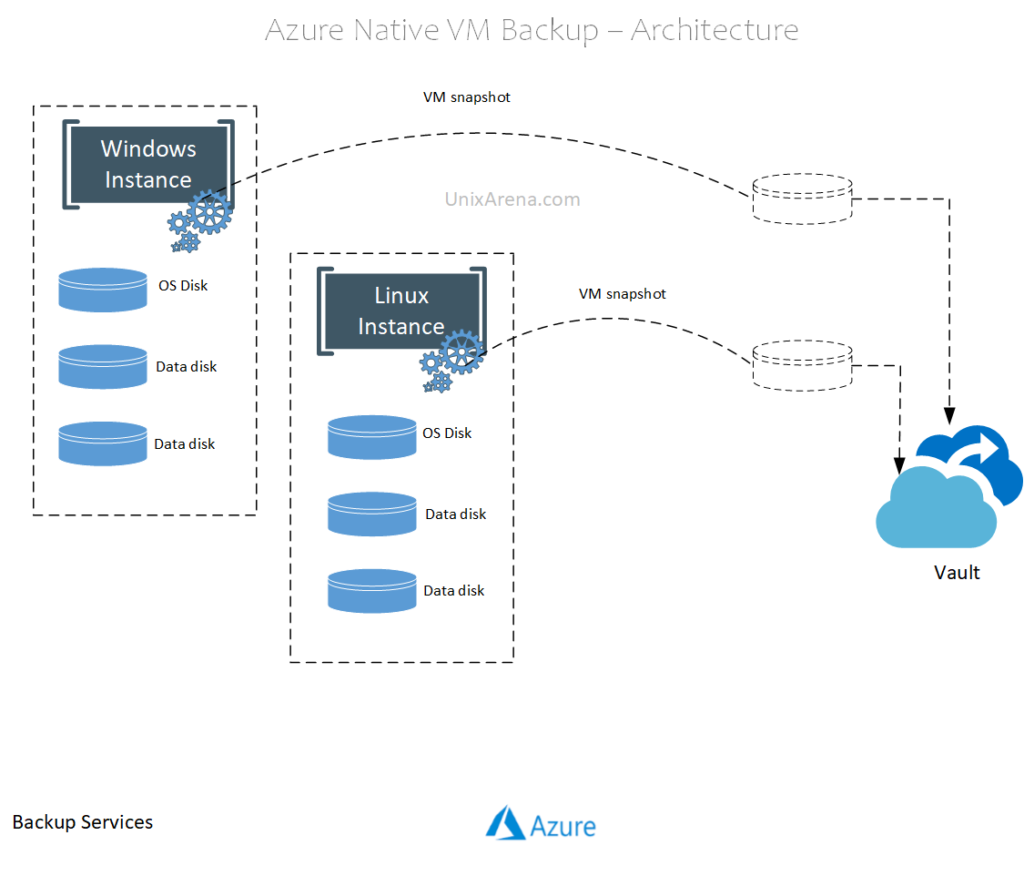
Use a third-party backup solution: There are also a number of third-party backup solutions that you can use to back up your cloud VMs. These solutions may offer additional features like data deduplication and support for multiple cloud platforms. (Example: BDRCloud, Veeam, etc).
It’s important to test your backup strategy regularly to ensure that it is working as expected and that you can successfully restore your VM if needed.
How Cloud VM / Instance backup is different from ON-PERMISE VM Backup?
Cloud Instances/VM backup is no different from Onpermise backup. But in Cloud, customers don’t need to worry about the underlying backup infrastructure like storage and network. Cloud-native backup and third-party backup involve the following backup techniques similar to ONPREM data center VMs/Servers.
Full backups: A full backup captures all of the data in your cloud environment and can be used to restore everything to a specific point in time. Full backups can be resource-intensive and may take longer to complete than other types of backups, but they provide a high level of protection.
Incremental backups: An incremental backup captures only the data that has changed since the last backup. Incremental backups are typically faster and require fewer resources than full backups, but they may not provide as much protection.
Differential backups: A differential backup captures the data that has changed since the last full backup. Like incremental backups, differential backups are faster and require fewer resources than full backups, but they may not provide as much protection.
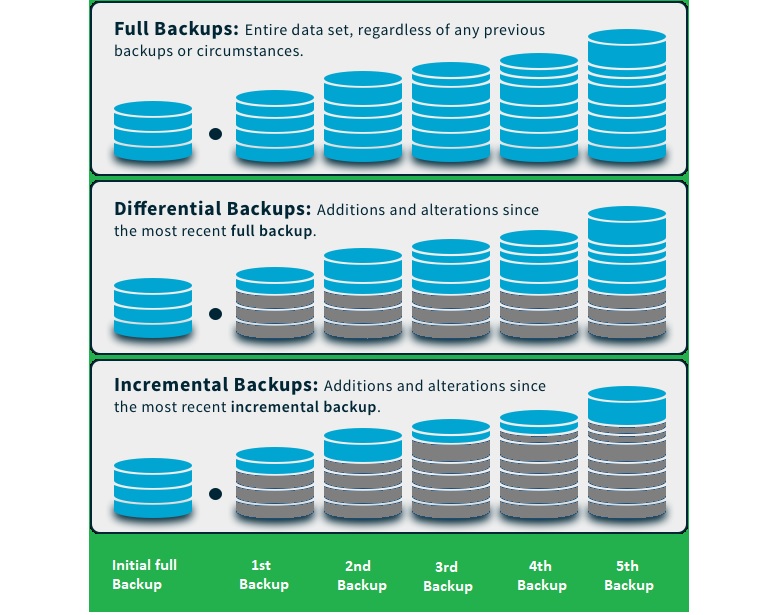
Snapshots: A snapshot is a copy of the data on a cloud resource at a specific point in time. Snapshots can be taken manually or automated on a schedule, and they can be used to restore a cloud resource to the state it was in when the snapshot was taken.
Data replication: Data replication involves creating a copy of your cloud data and storing it in a different location. This can help protect against data loss due to disasters or other events that affect a single location.
Offsite backups: Offsite backups involve storing a copy of your cloud data in a different location, typically a remote data center or cloud storage service. This can help protect against data loss due to disasters or other events that affect a single location.
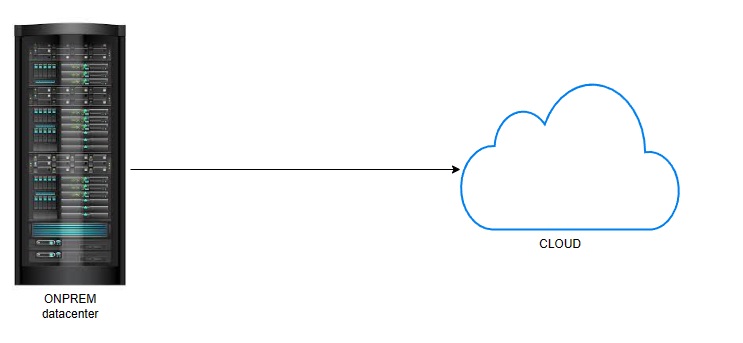
Hybrid backups: A hybrid backup involves using a combination of different backup strategies, such as full backups, incremental backups, and data replication. This can provide a high level of protection and allow you to tailor your backup strategy to your specific needs.
Hope this article is informative to you.
Leave a Reply